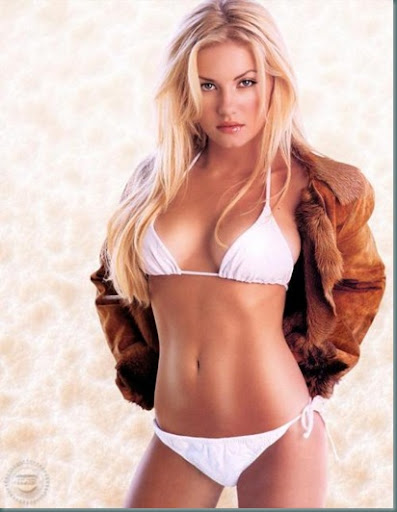
For all the griping about the sad state of the medical profession, immigrant families have never stopped propelling their children firmly in its direction. North American hospitals are increasingly staffed by these obliging children, some greeting patients with the exotic inflections of the newly arrived, some already assimilated into the pure vernacular.
They are doctors like Ming, Chen and Sri, who, along with their colleague Fitzgerald, grow from pre-med students into veteran doctors in Vincent Lam’s collection of intertwined short stories. Published in 2006 in Canada, where it won the Giller Prize for fiction, this lovely book breaks ground on several fronts, not the least of which is its depiction of the tentacles of obligation and expectation encircling these young people.
Doctors who write about medicine tend to dwell on the big themes: life, death, suffering, hope and the rest. Dr. Lam, a Toronto physician, covers that territory, too, but he also takes a pioneering look at the particular situation of the modern immigrant doctor, suspended by strong and often opposing ties to profession, cultural heritage and family, with patients who may seem as alien as if from Mars.
Thus, early in the book, Ming, Chen and Sri, medical students in Toronto, contemplate the tattoos over the biceps of their medical school cadaver with detached concern, as they would the hieroglyphics of an ancient civilization. They can decipher “RCAF — 17th Squadron” and the crude cartoons of Spitfire planes etched beneath it without much problem, but “The Lord Keeps Me — Mark 16” on the shoulder has them perplexed.
“‘It’s one of the four books in the second half,’ said Chen.
“‘What is that part?’
“‘Umm ... I don’t know...’
“‘It must mean something,’ said Sri.
“‘I’ll look it up for you,’ said Chen ...
“‘The manual shows,’ Ming said, ‘to cut here.’”
Ming is the classic pre-med overachiever, a plodder who specializes in brute memorization as she strategizes to ace exams. She votes to cut right through the tattoo, because that is where the textbook says to cut. She becomes an obstetrician; we glimpse her years later, a seasoned professional, thrust into a once-in-a-lifetime emergency that gives her no alternative but, for once, to break all the rules.
Sri, soft-hearted beyond all necessity or common sense, votes to preserve the tattoo. “You should respect a man’s symbols,” he says. “My mother told me that. Look at his arm. These are his symbols.” Even after years of training, Sri’s intractable kindness leads him away from the beaten path, as he wanders alongside patients more like a guardian angel than a medic.
Chen, a bland, pleasant, responsible guy, is descended from Chinese expatriates in Vietnam (like Dr. Lam himself) with an extended family scattered over the globe. As a medical student, he spends a summer in Australia, trying his best to minister to his dying grandfather, a vice-ridden, womanizing patriarch as colorful as Chen himself is colorless. Chen becomes an E.R. physician (again like Dr. Lam), working shifts that vary between stultifying and terrifying. He commutes to work in a fast, expensive car, playing an aggressive game of chicken with the drivers in the next lane, the kind of reckless risk-taking behavior he cannot indulge in anywhere else.
All are recognizable types, drawn with precision and affection. Fitzgerald, though, is a little different: he is more a novelist’s creation, a real tragic hero. The only Anglo among them, an incompetent with chopsticks, he is the true outsider in the group, an obsessive philosopher always just a little out of step with his colleagues and his profession.
The others never question their place in medicine; Fitz never stops questioning his, until he is plunged directly into the SARS outbreak that gripped Toronto hospitals in 2003. The rest of the world may have forgotten those few months of terror, but hospital workers in Canada glimpsed the apocalypse, as we clearly see here.
This is not a perfect book. It has its share of blood-and-guts cowboy medicine suitable only for network TV, and a few too-facile resolutions of various improbable plot twists. Still, Dr. Lam, whose mentors include the author Margaret Atwood, has enough talent to sculpture a story considerably more nuanced than the usual thinly disguised autobiography doctors like to call fiction. Presumably much of the book is, in fact, memoir, but the joints between the imagined and the recalled are seamless, and the fiction does its job of turning mirror into magnifying glass.
Readers will have become fully immersed in these characters before they realize that each has only one name. The students Ming, Chen, Fitz and Sri graduate from medical school to become Dr. Ming, Dr. Chen, Dr. Fitzgerald, Dr. Sri. Are they all going by their last names alone, a macho band in green scrubs? Are they icky-sticky first-name doctors like Oprah’s Dr. Phil? Do the Asians have the tongue-twisting ethnic names that have forced them to create short nicknames, yet one more sacrifice of identify? We never find out.
Perhaps it is simply a demonstration that a single name suffices for people whose other name quickly becomes “Doctor.” So the wily author both distances us from his characters, and draws us near.
Tags:Doctor,Life,medical,death










No comments:
Post a Comment